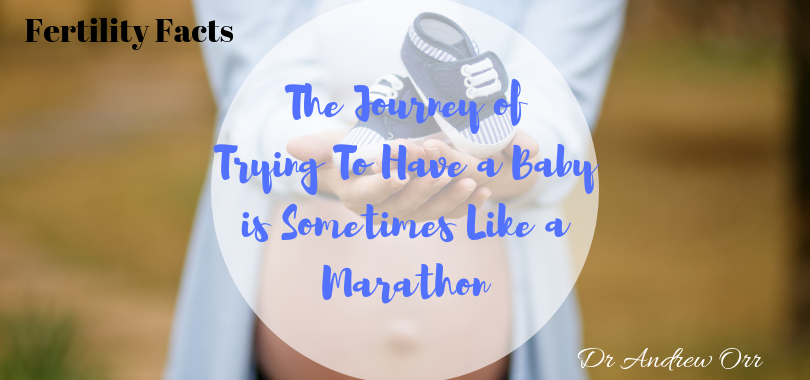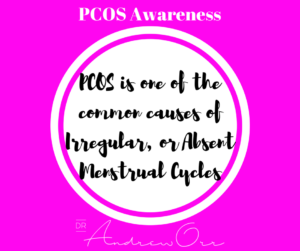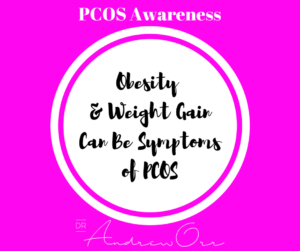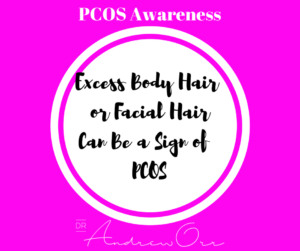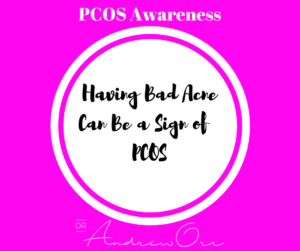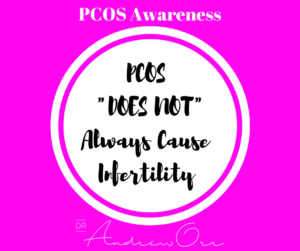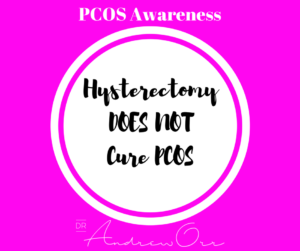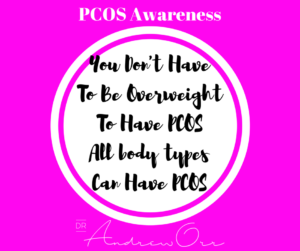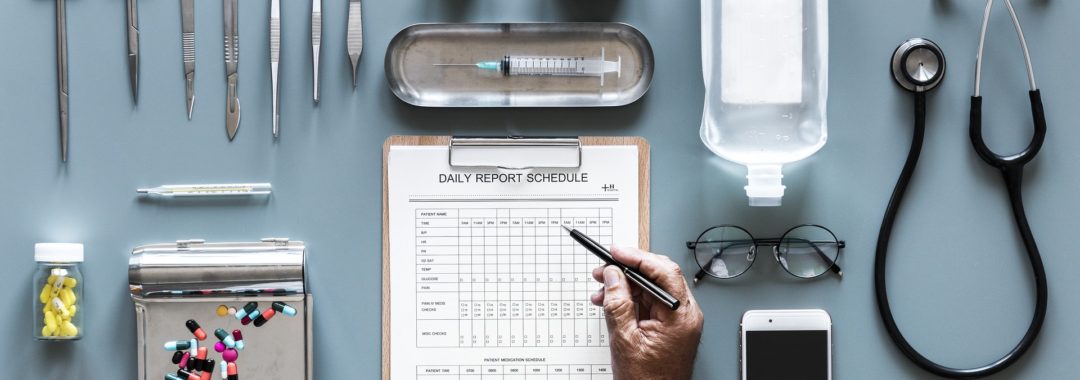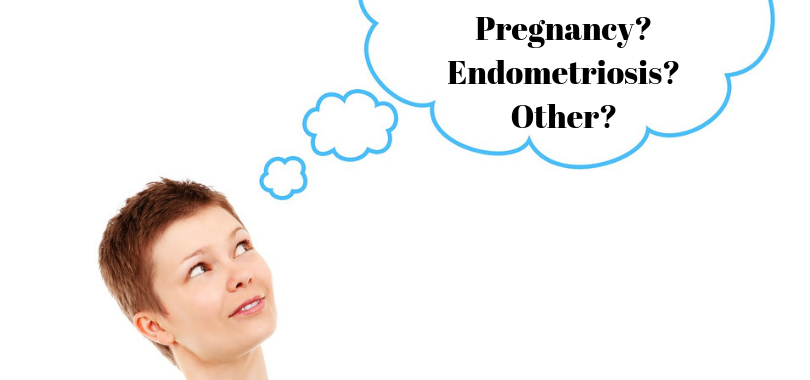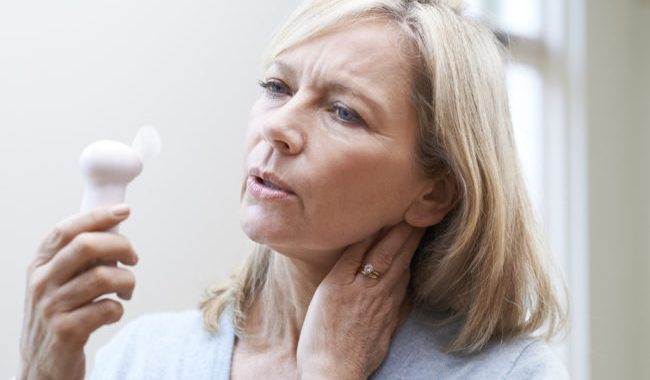In today’s modern world we are seeing more and more young girls going through puberty much younger than they used to. We do know that girls as young as 7 years old are getting their menstrual cycle and going through all the changes of puberty, yet these poor children aren’t able to fully comprehend the emotional changes that go with it, or what this means for them on a reproductive level.
Researchers Blame Childhood Obesity, and Endocrine Disruptors, and I will discuss this at length for you all.
It wasn’t that long ago the average girl would begin menstruating around the age of 16 or 17. On average, the general consensus would have been that girls could be starting to begin menstruation around the age of 14 years old. By early 2000’s, that age had fallen to less than 13 years old and now it has fallen again to being as young as 7 years old.
What we forget is that even before a girl gets her first period, there are signs of maturation that signal impending changes, and these come even earlier. So actually, some of these girls are beginning their puberty phase when they are 5 years, or 6 years old.
A generation ago, less than 5 percent of girls would see these changes in their bodies— being breast growth, body hair, acne, pubic hair and all the other things that go with puberty. But now many of these young girls are seeing this around 7 years old, with an average age being 8 years old, for all of these changes to start to happen. This is definitely becoming the increasing norm and some experts think this age is still falling. Some doctors see fit to begin assessing girls for puberty-related changes at age 6.
Early Puberty
Classically, precocious puberty has defined puberty that begins before age 8 in girls and 9 in boys, but this is no longer universally accepted. In general experts are now saying that 7 years old is now probably a normal age to have some signs of puberty. While they are some that may not agree, we do need to start asking the big questions as to why this is happening?
So far, researchers haven’t proven any physical risks that come with early maturity. Although this could pose a significant risk to their ongoing fertility, bone health and also be putting women into menopause earlier too.
Many researchers have suggested that the main risks that come along with precocious puberty are not biological. Recent studies have found that girls who began the process early had an increased risk of depression during their adolescent years. There are also social risks that can disrupt a girl’s healthy development.
Puberty can be very confusing and emotionally damaging for girls, as they may face “sexual innuendo or teasing” long before they’re ready for it, according to researchers and experts. Early puberty may change the way a girl behaves, along with the way others behave towards her. This could pose other significant risk factors such as early pregnancy, but also exposure to STI’s and many other things these young girls are too young and too naive to know. This could even lead to earlier use of alcohol and drugs as well.
Why Is It Happening?
One of the biggest issues for young girls, and women in general, is changes in diet and higher use of highly processed foods and high intake of grains. This leads to higher levels of insulin and then the body storing more fats and stops the burning of fats and this then also creates inflammatory disease in the body. High insulin levels also lead to higher levels of estrogen in the body too.
This is leading to more children being overweight and problem with changes to hormones, their cycles and gynaecological conditions. Childhood obesity rates have increase exponentially in the past 30 years, with more than one-third of children and adolescents weighing in as overweight, or obese.
What people fail to realize is these fat cells produce estrogen ( now known as Obestrogens), which plays a central role in stimulating breast growth in girls, causing problems with hormones, causing gynaecological conditions and playing a major factor in them getting their cycles much younger.
Researchers and experts are saying that obesity is leading to earlier puberty and this theory is well supported by the fact that these girls’ breasts are developing at a much younger age, and the age at which they start to menstruate has declined. The ovaries control menstruation, signalling that earlier breast development may be occurring because of different variables such as diet and environmental factors
There may be are other factors at play, other than diet, lifestyle and obesity though. Girls at a normal weight have been starting puberty earlier as well, though at a lower rate than these girls whom are overweight, or obese.
Chemicals known as endocrine disruptors, such as the phthalates used in the production of plastics, as another potential contributor to early puberty have been cited as the most likely cause. They mimic estrogen and also cause disruption to the reproductive function and could therefore cause precocious breast growth and issues with the menstrual cycle.
We know that there are over 87,000 chemical found in our foods, plastics, and preservatives and even in our water ways from detergents and even small traces of the contraceptive pill making its way into our water we drink as well. Others have said stress during childhood can play a role in prompting puberty as well.
Many children now face far more stresses that did in generations gone by, with many children growing up in families with a lot of domestic violence, arguing at home, or violence in their neighborhood are more likely to develop earlier. There have been studies and research that has suggested that girls who grew up without their biological father were twice as likely to get their period before age 12.
Scientists are even researching prenatal variables. Researchers now know that the parental mode of inheritance, through genes, is one way parents health, diet and lifestyle is being passed onto children. One study found that overweight mothers who developed gestational diabetes while pregnant gave birth to daughters who would start puberty earlier in life, regardless of what the girls themselves weighed.
But, we also now know that the sins of the fathers can play a part in a child’s development. If the father isn’t healthy at the time of conceptions, or has genetic abnormalities, or genetic issues, these can be passed through the sperm and then onto a child, who then is affected with this issues that get expressed later, or now early, in life.
Regardless of whether its cause is environmental, genetic, biological, or some combination, precocious puberty may be reaching a biological breaking point.
This is why we need to be more aware of our children’s health early on, but we also need to be aware of our own health, before conceiving too, as we can pass our genetic disposition onto our children.
Teenagers and younger women are not too young to have gynaecological issues
Early intervention and prevention is the centre of managing any issue such as this and this is why we need to teach our children better eating habit, having a healthy active body and also being in touch with their bodily functions and emotions at a young age
Period pain and menstrual irregularities are not normal and we need to teach young girls this. We know that teenagers and younger women are not too young to have gynaecological issues such as Endometriosis and PCOS. Please see our article of what a proper menstrual cycle should be like to familiarize you and your daughter with this. The earlier you get onto menstrual issues and gynaecological issues, the better long term prognosis they have for their health and future fertility overall.
As I have said before, the earlier we start educating young women on what is right, then the better it is for them later on in life and for their future health and fertility
If you, or your daughter need help with menstrual issues and want to know more about better menstrual health, please give my friendly staff a call and find out how I may be able to assist you.
Take care
Regards
Andrew Orr
-Women’s and Men’s Health Crusader
-Leaving No Stone Left Unturned
-The Women’s Health Experts


